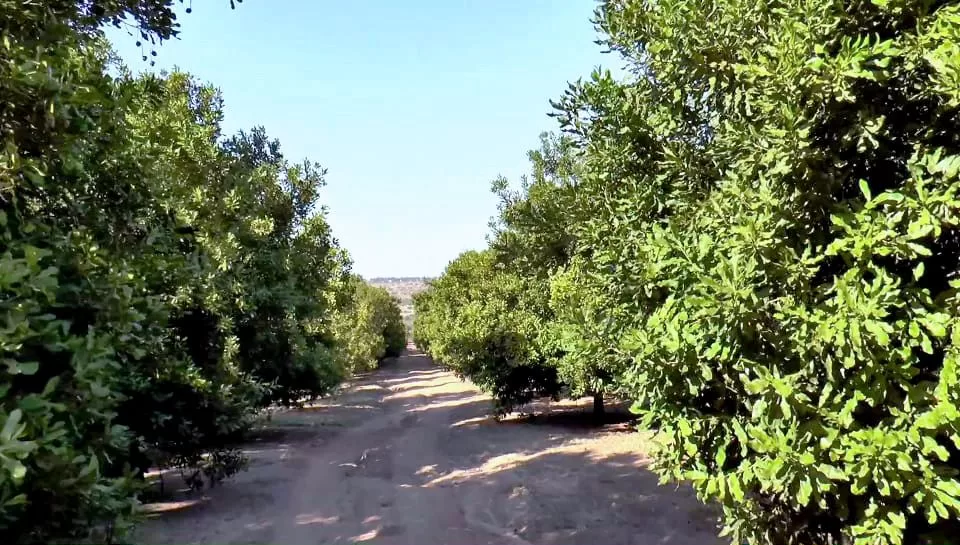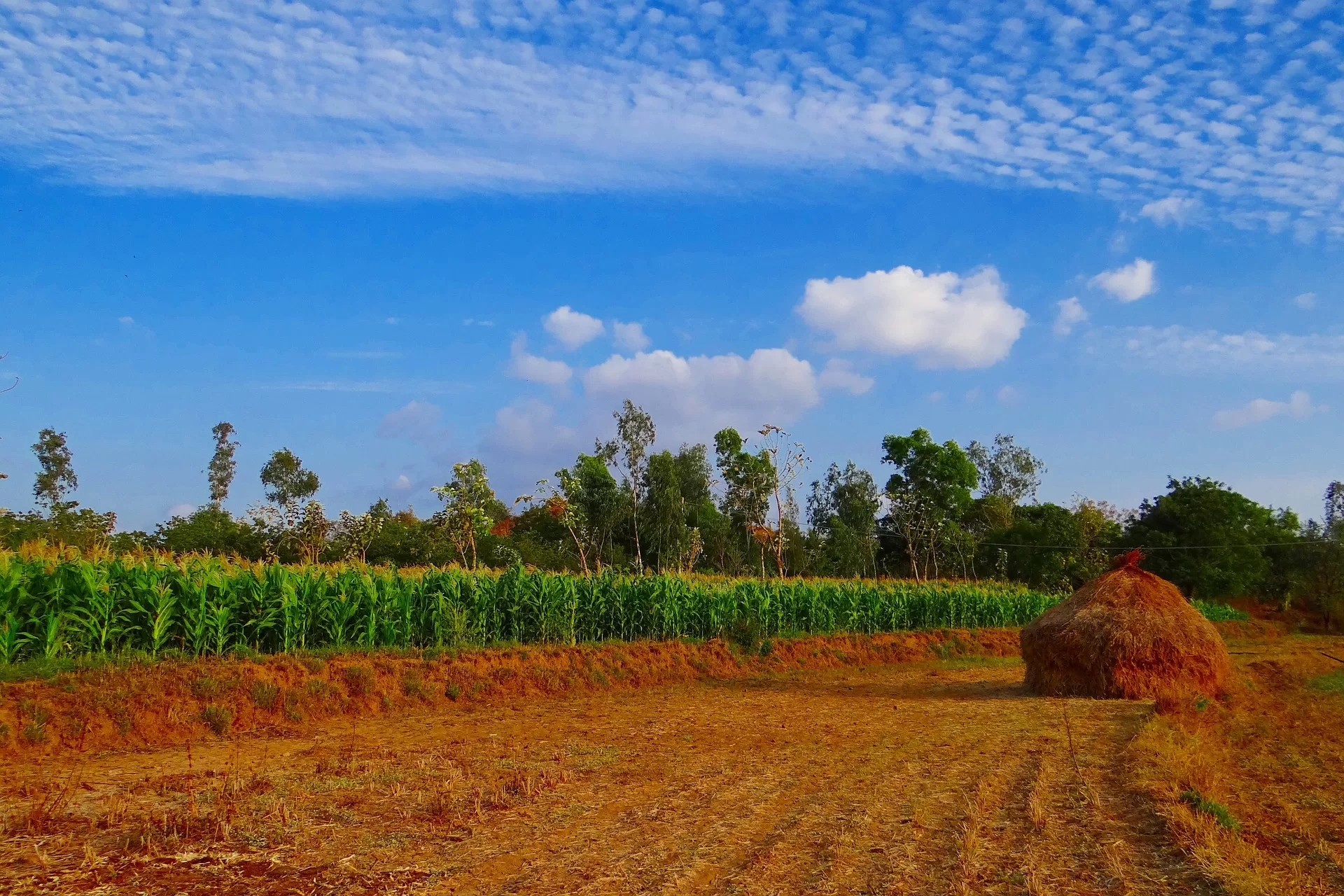
Major Break Through in the ‘January Disease’ fight
[vc_row css=”.vc_custom_1458549864192{padding-left: 7% !important;}”][vc_column][vc_column_text][mkdf_dropcaps type=”normal” color=”#101010″ background_color=””]T[/mkdf_dropcaps]heileriosis or ‘January Disease’ could soon be a farmer’s least worry after the Department of Animal Health (DVS) recently announced that they are now able to produce a vaccine against the country’s deadliest flea disease.
.[/vc_column_text][/vc_column][/vc_row][vc_row css=”.vc_custom_1459428507763{padding-top: 18px !important;padding-bottom: 31px !important;padding-left: 7% !important;}”][vc_column][vc_column_text]Theileriosis is one of the deadliest flea-borne diseases in Zimbabwe accounting for over 70% of the recorded cattle mortality every year. For the past years, Zimbabwe did not have any immunisation methods to combat the disease. Immunisation with vaccines against theileriosis is an important part of an integrated tick and tick disease control strategy (ITTBDCS). Other components of the strategy include embedding and monitoring insecticide resistance. [/vc_column_text][/vc_column][/vc_row][vc_row][vc_column][vc_column_text]
. With such capabilities, the country is now ready to deploy an integrated tick and tick-borne disease control strategy
[/vc_column_text][/vc_column][/vc_row][vc_row css=”.vc_custom_1459429149779{padding-top: 23px !important;padding-bottom: 34px !important;padding-left: 7% !important;}”][vc_column][vc_column_text]”DVS-processed vaccine protects against anaplasmosis and leptococcal disease but is not capable of producing theileriosis (BOLVAC). After receiving financial support from the government and development partners, DVS successfully produced the first batch of 20,460 doses of theileriosis vaccine (BOLVAC) on August 20, 2022.[/vc_column_text][/vc_column][/vc_row][vc_row css=”.vc_custom_1459429141930{padding-left: 7% !important;}”][vc_column][vc_column_text]
[/vc_column_text][vc_empty_space height=”21px”][vc_column_text]“This is a breakthrough because Zimbabwe is now able to produce vaccines against three of the four major TBD diseases prevalent in Zimbabwe. With such capabilities, the country is now ready to deploy an integrated tick and tick-borne disease control strategy,” the DVS said in a statement.[/vc_column_text][/vc_column][/vc_row][vc_row][vc_column][vc_column_text]

[/vc_column_text][/vc_column][/vc_row][vc_row css=”.vc_custom_1459429067979{padding-top: 23px !important;padding-left: 7% !important;}”][vc_column][vc_column_text]In an interview, the DVS CEO Josphat Nyika said, “the initial 20,000 doses produced signified a successful commercial breakthrough after several years of hard work. “The next step is to increase production to hundreds of thousands of doses to meet local demand. 20,000 doses are ready for the market and will be available at different stores,” he said.[/vc_column_text][/vc_column][/vc_row][vc_row css=”.vc_custom_1458553376028{padding-top: 43px !important;padding-left: 7% !important;}”][vc_column][vc_column_text]
[/vc_column_text][vc_empty_space height=”21px”][vc_column_text]The disease is most prevalent in Goromonzi, Chivhu, Bindura, Buhera, Hwedza, Gutu and Mhondoro-Ngezi among the 25 districts that have recorded flea diseases across the country.[/vc_column_text][/vc_column][/vc_row]







